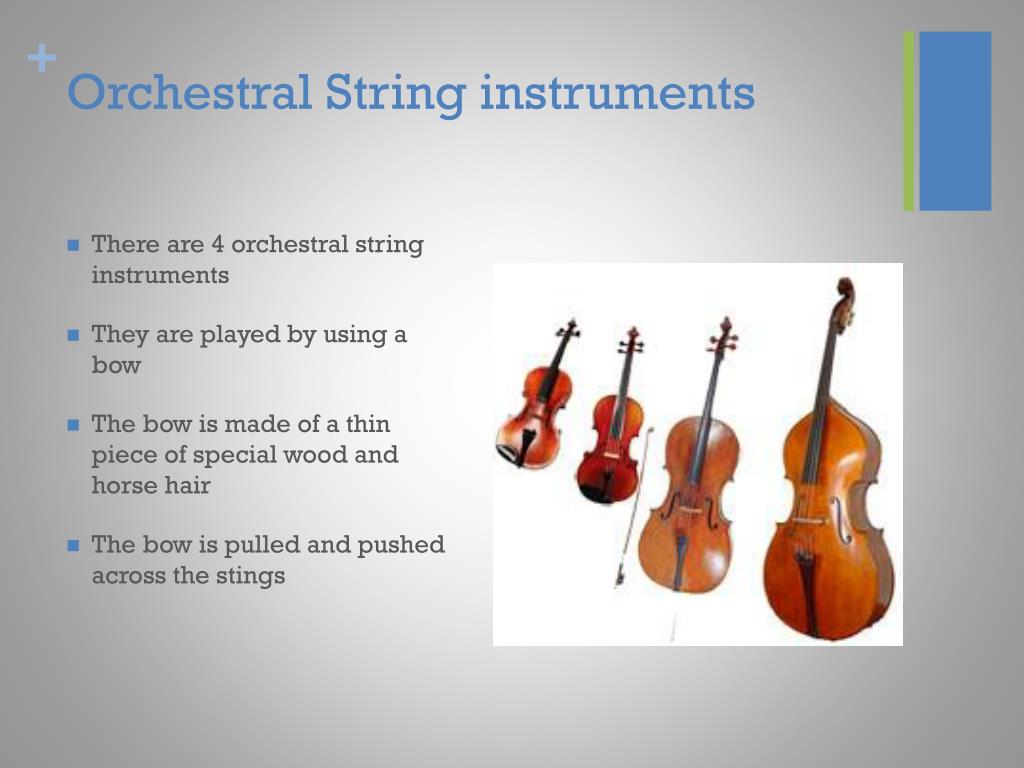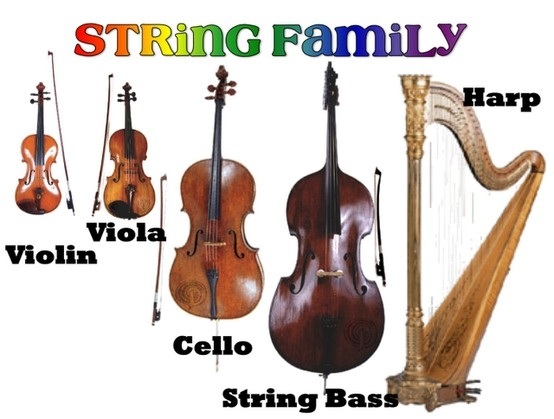
These strings manifest in different ways to produce the different particles that we observe. The idea behind String Theory is that each fundamental particle in the Standard Model is made up of tiny strings. It is the attempt to unite the physics of our universe. But there is more to string theory than just explaining gravity on a molecular level string theory is, essentially, the theory of everything. In the past ten years, string theory has emerged as one of the most promising candidates for a quantum explanation for gravity. The behavior of all of these particles and forces is described by the Standard Model, with one notable exception: Gravity. Each of these four forces is produced by particles that act as carriers of the force in question. Within the universe there are four fundamental forces: gravity, electromagnetism, and the weak and strong nuclear forces. These include the electron and its two heavier siblings, the muon and the tauon, as well as three neutrinos. (A proton, for instance, is made of two up quarks and one down quark.) The other six are leptons.

They go by the names: up, down, charm, strange, bottom and top. It describes the fundamental building blocks out of which the world is made, and the forces through which these blocks interact. What we know about the subatomic composition of the universe is known as the Standard Model of Particle Physics. Quarks are, as far as we know, truly elementary. The electron is fundamental, but neutrons and protons are made of even smaller particles, known as quarks. Matter is made from atoms, which are in turn made of three basic components: electrons, neutrons, and protons. In order to understand String Theory, you need at least a basic understanding of how the world of the very, very small works.Īs you may know, everything is made up of small particles. This concept can be applied to quantum physics as well-Meet string theory. With each note comes a different possible direction for the music being created.

Every note the violin produces has a different sound, pitch, and vibration. As the soloist runs her hands and fingers along the neck of the violin, she produces different notes or pitches. The orchestra is performing a Violin Concerto by Beethoven. Imagine you are sitting in a big symphony hall, and you're listening to an orchestra play for the first time.


 0 kommentar(er)
0 kommentar(er)
